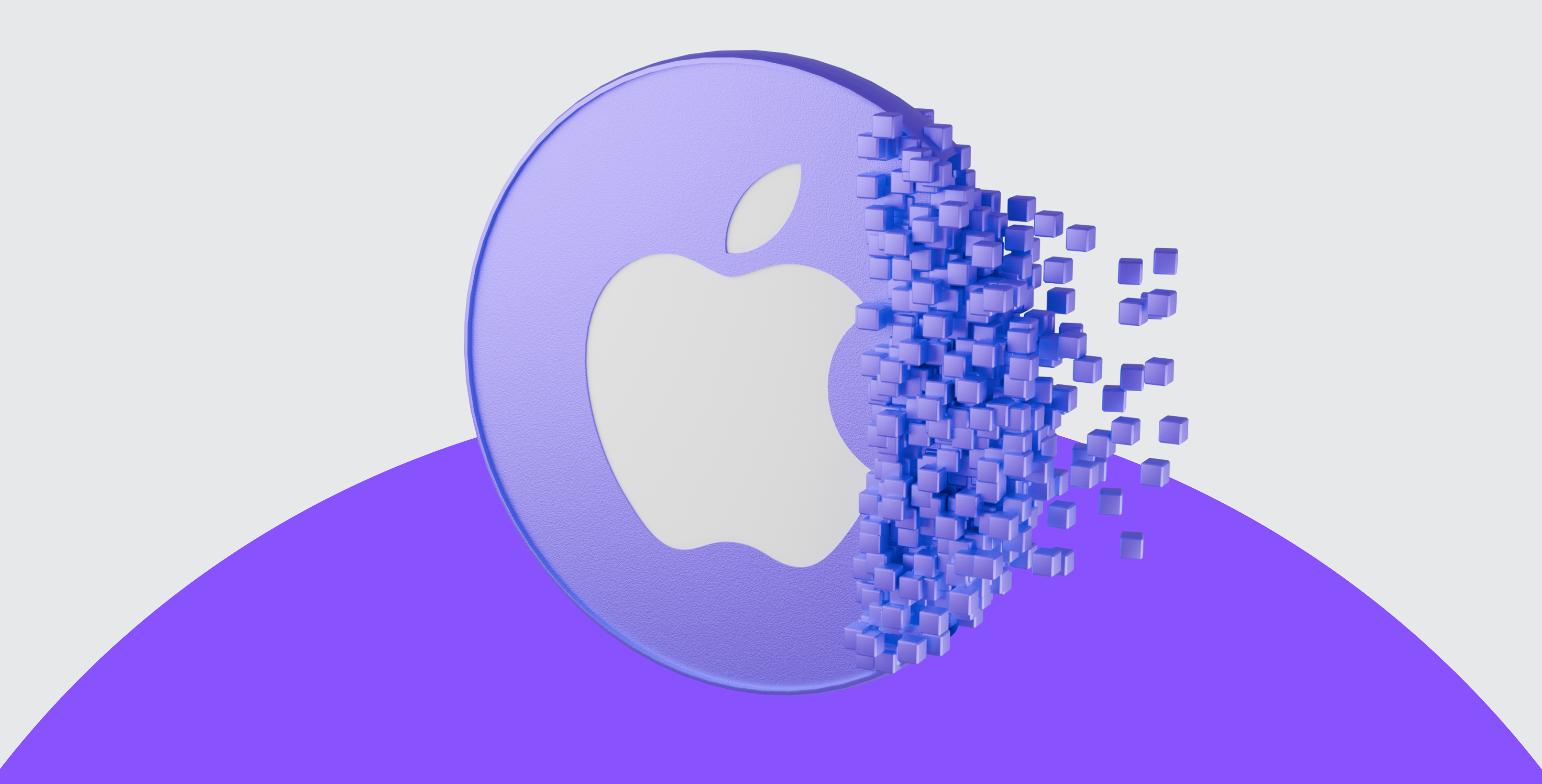The What, Why and How to Invest in Uniswap

What Is Uniswap?
Uniswap is the largest decentralised exchange (DEX) in the crypto space.
Uniswap leverages multiple crypto assets, including its native UNI cryptocurrency, to provide a service similar to a traditional exchange. The difference is Uniswap has no one central operator or administrator, making it fully decentralised.
Unlike most exchanges, which are designed to take fees, Uniswap is designed to function as a public good—a tool for the community to trade tokens without middlemen. Also, unlike most exchanges, which match buyers and sellers to determine prices and execute trades, Uniswap uses a simple math equation and pools of tokens and ETH to do the same job.
Since Uniswap is built on Ethereum, it cannot list tokens built on other blockchains, and thus users can only swap ERC-20 tokens.
How Does It Work?
Uniswap’s network is designed to facilitate the buying and selling of crypto assets in a way that mirrors a traditional exchange.
It does this by using smart contracts, which allow users (called liquidity providers) to deposit crypto assets into pools. These smart contracts then allow other users (called traders) to buy and sell these assets. Users who trade these pool assets pay a fee that is then distributed to all the liquidity providers proportionally (based on their contribution to the pool).
Uniswap’s liquidity pools explained.
Each Uniswap pool holds two tokens, which together represent a trading pair for those assets.
- Uniswap uses a pricing mechanism called the “Constant Product Market Maker Model.” The formula (x * y = k) is used to determine the pricing for the pair.
- x and y represent the pool balance of each token, and k is the total constant price of said pool.
In a newly created liquidity pool, the first liquidity provider sets the initial price of the assets in the pool by supplying an equal value of both tokens.
Buyers can then swap tokens within the pool based on the formula. Smart contracts running the protocol use the above formula to take the amount of one token from the buyer and send an equivalent amount of another token purchased back to the buyer, keeping the total pool constant stable (k).
Example:
Let’s imagine the Uniswap USDC/ETH liquidity pool contains 10 ETH (x) and 10 000 USDC (y), therefore making the pool constant value 100 000 (k).
This implies the pool’s starting price is 1 000 USDC per ETH.
Now, let’s imagine a trader comes in and wants to buy 0.1 ETH.
The USDC/ETH pool will now have:
- x: 9.9 ETH (10 ETH – 0.1 ETH)
- k: 100 000 (stays constant)
- New y: 10 101.01 USDC (100 000/9.9)
Therefore, the pool would imply a price of 1 010.1USDC per ETH to keep k constant since you had to add 101.01 USDC (10 101.01 USDC - 10 000 USDC) to the pool to buy 0.1 ETH.
As a result of this price shift, if another buyer makes a trade in the same direction, they will get a slightly worse rate for their trade, helping keep the overall system in balance.
In the example above, the next implied rate for ETH will be around 1 020.30 USDC per ETH (10 101.01 USDC/9.9 ETH).
When the price of an asset starts to trade away from market prices, arbitragers see this as an opportunity to make risk-free returns. Therefore, they come in to trade the price back to market rates. This is a vital part of the Uniswap ecosystem.
Why Invest in Uniswap?
- Decentralised exchange growth
With the rise of DeFi, decentralised exchanges have seen immense growth over the last year. Decentralised exchange volume has grown to $404.9Billion in Q2 of 2021. This is a 118x increase year-on-year. Uniswap is the largest and most successful decentralised exchange, accounting for over +50% of the weekly volume.
- Revenues
Uniswap has daily revenue that is four times greater than Bitcoin and is now the second-largest cryptocurrency in terms of revenue, behind Ethereum. This cash flow allows Uniswap to be valued by traditional finance metrics and gives Uniswap greater conviction for higher valuations and longevity as a stable project.
- Decentralised exchange exposure
Uniswap is the world’s largest decentralised exchange cryptocurrency (DEX); therefore, it is a ultimate asset to buy if you are looking to gain exposure to this universe.
- Potential Oracle solution
Uniswap could become more than just a decentralised exchange. Due to its unprecedented nature and success, it is finding utility for other purposes. Vitalik Buterin – Ethereum founder – recently proposed that Uniswap become an oracle token, providing reliable price feeds to the smart contracts. Uniswap is suited for that purpose because of its deep liquidity and heavy usage, ensuring that prices aren’t manipulatable on the protocol, and others can benefit from these characteristics. This will benefit the ecosystem, as it will further decentralise the Oracle space currently dominated by Chainlink (LINK).
- Strong community & price performance
Uniswap is integrated with almost all major DeFi protocols due to its importance in providing a core DeFi functionality of asset exchange. Because of this, Uniswap has grown a strong community of followers. Since its inception, the UNI token has performed remarkably well, with returns in excess of +700%.
Uniswap’s Performance
Since Uniswaps inception, we have seen it grow at an astonishing rate. This growth has been driven by 2 factors:
- The growing interest in the overall cryptocurrency market.
- The growing interest in the DeFi sector, in which Uniswap is the biggest player.
Below we can see how Uniswap has outperformed many other investment assets since the close of its opening trading day.

A single R1 000 investment in Uniswap would have translated into + R8 813. This is substantial when compared to many alternative investments. In fact, Gold would have actually lost you money over the same period (your R1 000 investment would be worth R915).




